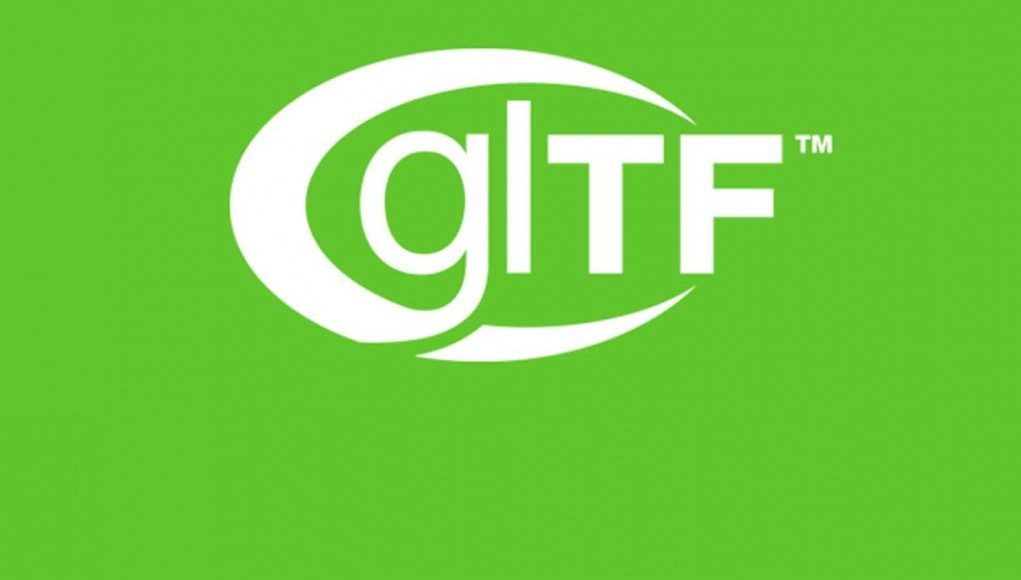 The Khronos Group announced that the open standard of glTF was gaining momentum by some of the key players within the graphics industry before SIGGRAPH this year. glTF provides a standardized baseline and interchange format to deliver 3D content to different tools and services; it’s been described as being analogous to the flexible and widely used JPEG format for images. The traction for a glTF open standard means that one of the fundamental building blocks for the metaverse is coming into place.
The Khronos Group announced that the open standard of glTF was gaining momentum by some of the key players within the graphics industry before SIGGRAPH this year. glTF provides a standardized baseline and interchange format to deliver 3D content to different tools and services; it’s been described as being analogous to the flexible and widely used JPEG format for images. The traction for a glTF open standard means that one of the fundamental building blocks for the metaverse is coming into place.
LISTEN TO THE VOICES OF VR PODCAST
I had a chance to sit down with the Khronos Group President Neil Trevett at SIGGRAPH where he explained the significance of this emerging consensus. He expands upon what glTF includes, and what it doesn’t. For example, there are not any point clouds or light fields within glTF. He also emphasized that previous efforts for an open format like VRML and X3D have included logic and code in the file, but glTF is meant to be simply a lightweight wrapper for 3D objects and textures. The code and logic for what to do with these assets will be in a separate format since it could range from JavaScript to C# to C++ to other emerging languages.
Neil said that an open standard for transmitting mesh data is something that many major companies were already independently working on. One of the primary use cases is being able to transmit 3D objects between all of the major authoring programs and eventually onto the web. But the Khronos group had already a proposed the glTF spec, and most of the preliminary feedback was that it could be a viable solution that solves many of the most difficult problems.
There are some available extensions to glTF, like physically-based rendering in order to add material and reflective properties. But Neil emphasized that they want to keep the initial glTF specification lean and simple in order to make it simpler to implement to maximize the adoption. They’ll be paying attention to popular extensions, and if there’s wide enough adoption then there’s a chance that it’ll be rolling into the official glTF specification.
There’s a glTF validator that’s available, and for more information, then be sure to check out this glTF resource page on the Khronos Group’s website.
Support Voices of VR
- Subscribe on iTunes
- Donate to the Voices of VR Podcast Patreon
Music: Fatality & Summer Trip







